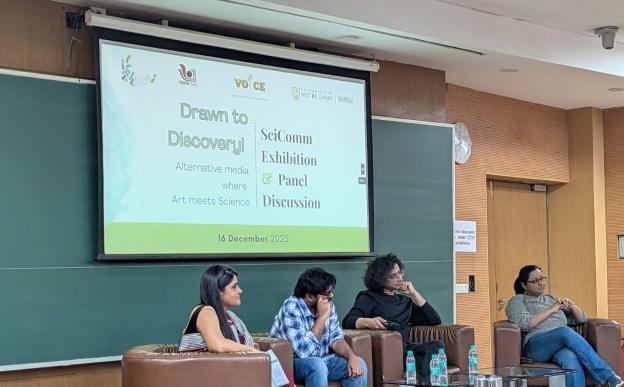In a recent announcement made by the Indian Academy of Sciences, Bangalore, 23 scientists from across the country have been elected as Fellows of the Academy. The list contains nine scientists from Bengaluru, with five from the Indian Institute of Science, two from TIFR Centre for Applicable Mathematics and one each from National Institute of Mental Health & Neurosciences (NIMHANS) and Jawaharlal Nehru Centre for Advanced Scientific Research (JNCASR).




